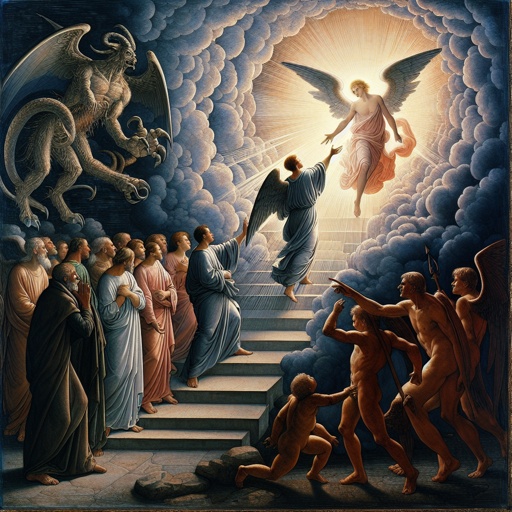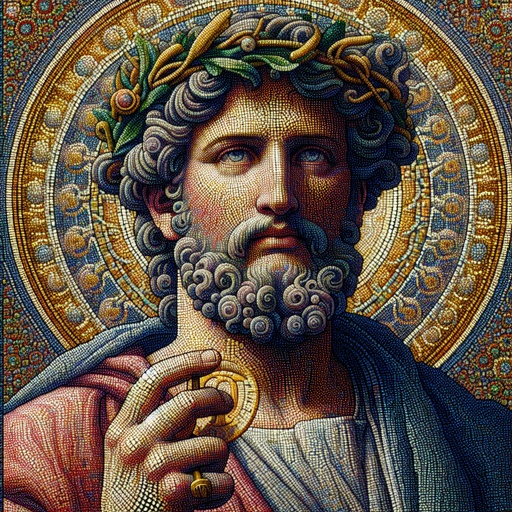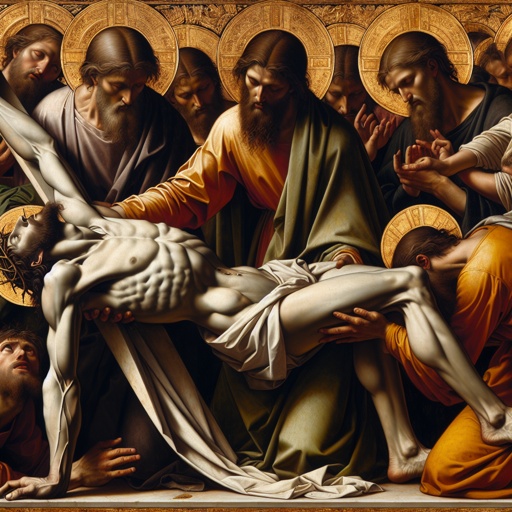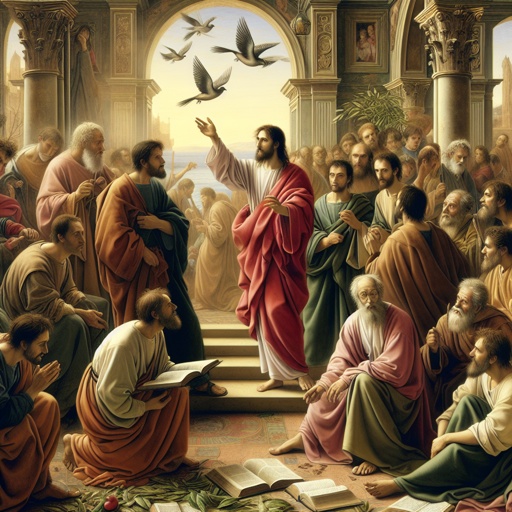Explore the Bible through paintings, pictures, drawings, digital art, illustrations, wallpapers, photos, prints & more.

Mark of the Beast

Mark of the Beast

Mark 16:20

Mark 16:20

Mark 16:20

Mark 16:20

Mark 16:20

Judges 16:12 - "Delilah therefore took new ropes, and bound him therewith, and said unto him, The Philistines be upon thee, Samson. And there were liers in wait abiding in the chamber. And he brake them from off his arms like a thread."

Psalm 98:1

Psalm 98:1

Psalm 98:1

Psalm 98:1

Psalm 98:1

Psalm 98:1

Psalm 98:1

Psalms 4:8 - "I will both lay me down in peace, and sleep: for thou, LORD, only makest me dwell in safety."

Psalms 4:8 - "I will both lay me down in peace, and sleep: for thou, LORD, only makest me dwell in safety."

Psalms 4:8 - "I will both lay me down in peace, and sleep: for thou, LORD, only makest me dwell in safety."

Psalms 4:8 - "I will both lay me down in peace, and sleep: for thou, LORD, only makest me dwell in safety."

James and John asking to call fire down on a Samaritan village

James and John asking to call fire down on a Samaritan village

Luke 9:54-55

Jesus rebuking James and John after they ask if they should call down fire on Samaritans who did not welcome Jesus into their town

James and John ask Jesus if they should call down fire on rude Samaritans

James and John ask Jesus if they should call down fire on rude Samaritans

Angry captain questioning Elisha about God's power

2 Kings 7:2

If my people would humble themselves

If my people would humble themselves

2 chronicles 7:14